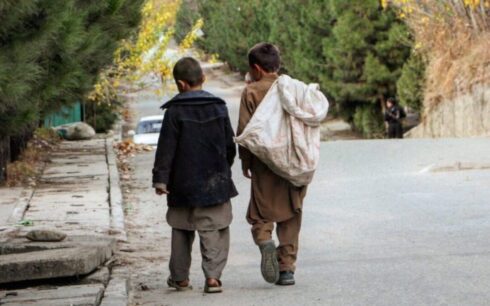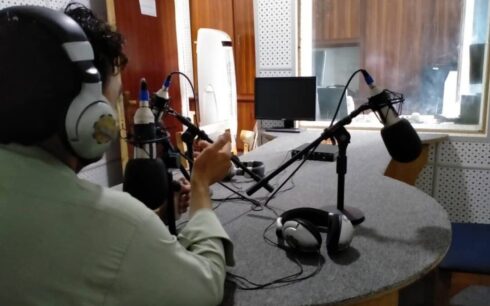Les Misérables is a timeless novel, published in 1862 after 17 years of work by the renowned French writer Victor Marie Hugo.
In addition to its literary and artistic brilliance — which continues to captivate readers — the novel offers a powerful portrayal of the social conditions and norms of its time. It presents a vivid picture of injustice, class-based treatment in the judiciary, poverty, law, morality, and redemption in 19th-century France.
Through Les Misérables, Hugo draws a clear picture of the shortcomings of substantive law (written laws) and procedural law (judicial procedures).
The novel realistically reflects numerous legal concepts, especially concerning justice, crime, and punishment — all representative of the state of criminal justice in Hugo’s era. As noted earlier, the author offers a comprehensive depiction of France’s legal system, exploring its multidimensional failures and demonstrating how far it strays from social justice. Rather than upholding the rights of the people, Hugo shows, the justice system becomes an instrument of oppression against the marginalized.
For example:
Hugo illustrates how the judiciary treats the poor and disadvantaged with a lack of fairness. Jean Valjean — the novel’s central character, who is sentenced to 19 years in prison for stealing a loaf of bread to feed his niece’s children and later attempting to escape — becomes trapped in an unjust legal system. After his release, he tries to live an honest life, but continues to face systemic discrimination. Hugo presents Valjean as a symbol of strength, transformation, mercy, and humanity in the face of legal injustice. His treatment by the justice system highlights its failure to deliver real justice.
Through the character of Javert — a police inspector and representative of the judiciary who believes the law must be enforced strictly and without exception — Hugo presents the merciless face of legal bureaucracy. Javert relentlessly pursues Valjean after his release, embodying the rigidity and cruelty of the system. Although committed to upholding the law, Javert is periodically troubled by Valjean’s acts of compassion, revealing his inner conflict and, eventually, a moral crisis. This tension highlights the disconnection between the law as written and the ethical and social realities of the time.
Hugo’s Les Misérables offers a critique of legal positivism by showing how it diverges from justice — a concept he sees rooted in natural law. He illustrates how the law, instead of protecting the poor, becomes a tool of oppression against them.
The novel also portrays the suffering of women and children under the harsh application of the law. These vulnerable individuals, rather than receiving support, are subjected to cruelty by both legal institutions and society. One example is Fantine — a young, beautiful woman and a major character in the novel. After being abandoned by her lover and left to care for their child alone, she is fired from her job for having an illegitimate child. Forced into poverty, she first sells her hair and eventually turns to prostitution to survive. Hugo portrays her as a victim of society’s moral hypocrisy and a legal system that offers no protection.
In the end, Hugo not only diagnoses the social and legal ills of his time, but also offers a path forward. He highlights key reforms that he believes are essential to improving the system:
Statutory laws must be flexible and aligned with the values of natural law, which Hugo sees as the foundation of both written law and justice.
Laws must take moral values into account.
Individuals who commit crimes must be given the opportunity to reintegrate into society.
The rights of children and women must be recognized equally.
Citizens’ political and social rights must be respected.
Ultimately, Hugo calls on the people to rise up and reform the oppressive legal and judicial system.
Nasrullah Stanikzai is a political analyst and former professor of law and political science at Kabul University.The views expressed in this article are those of the author and do not necessarily reflect the editorial stance of Amu.





